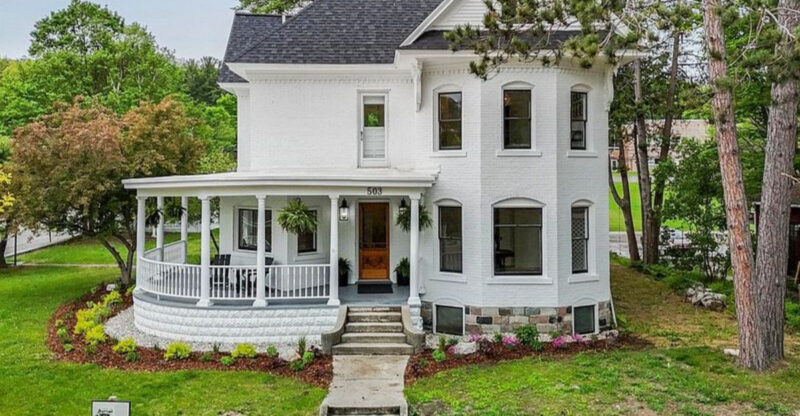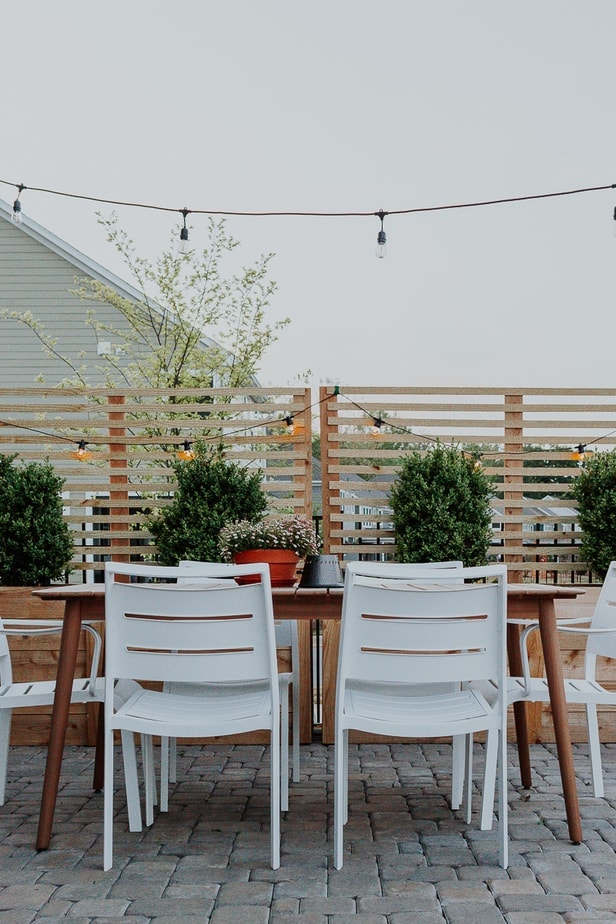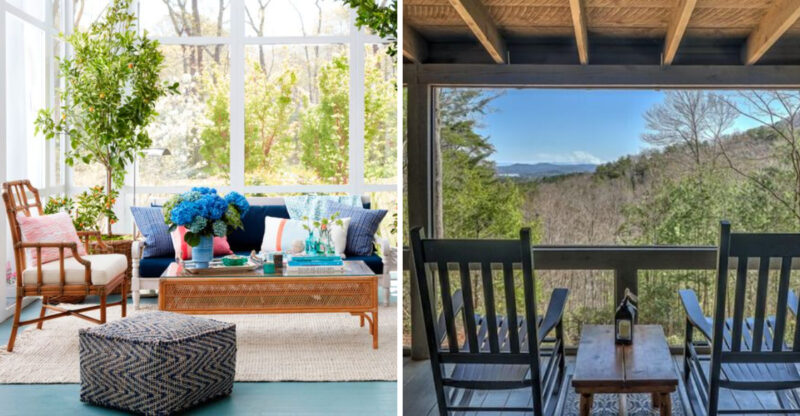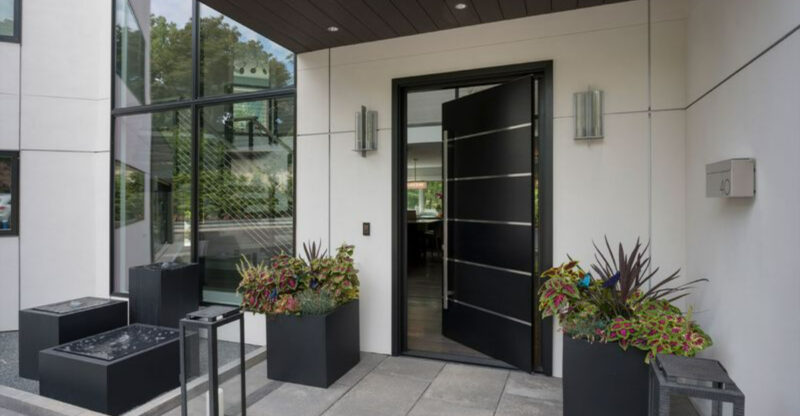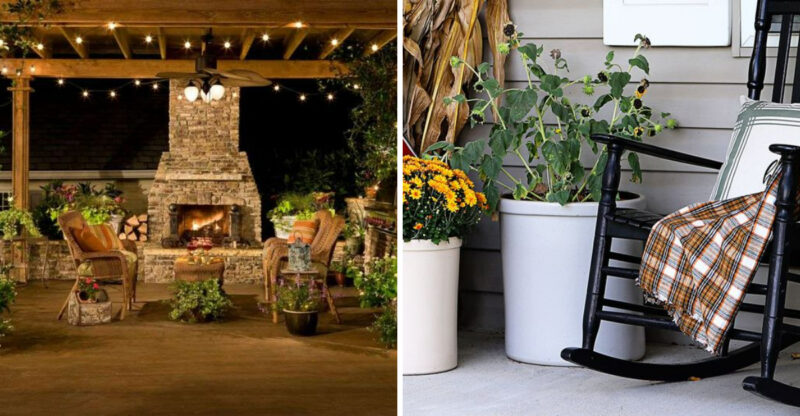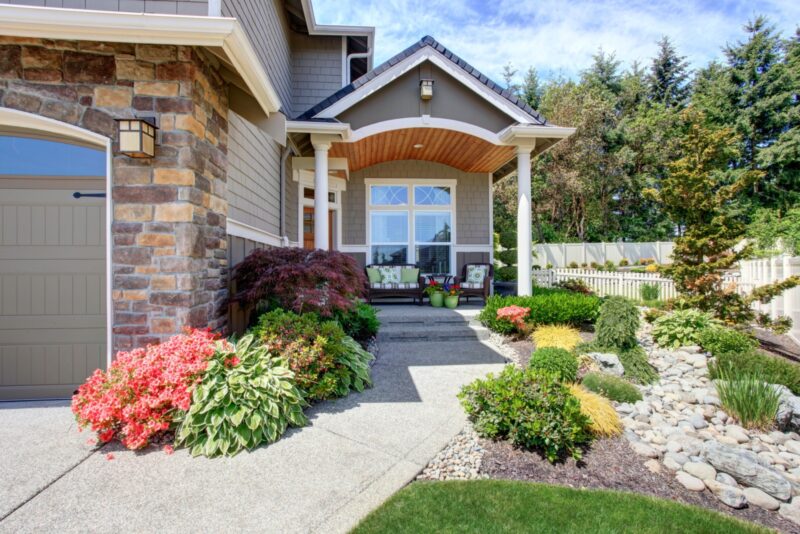7 Classic Entryway Styles You’ll See In Pennsylvania’s Old Towns
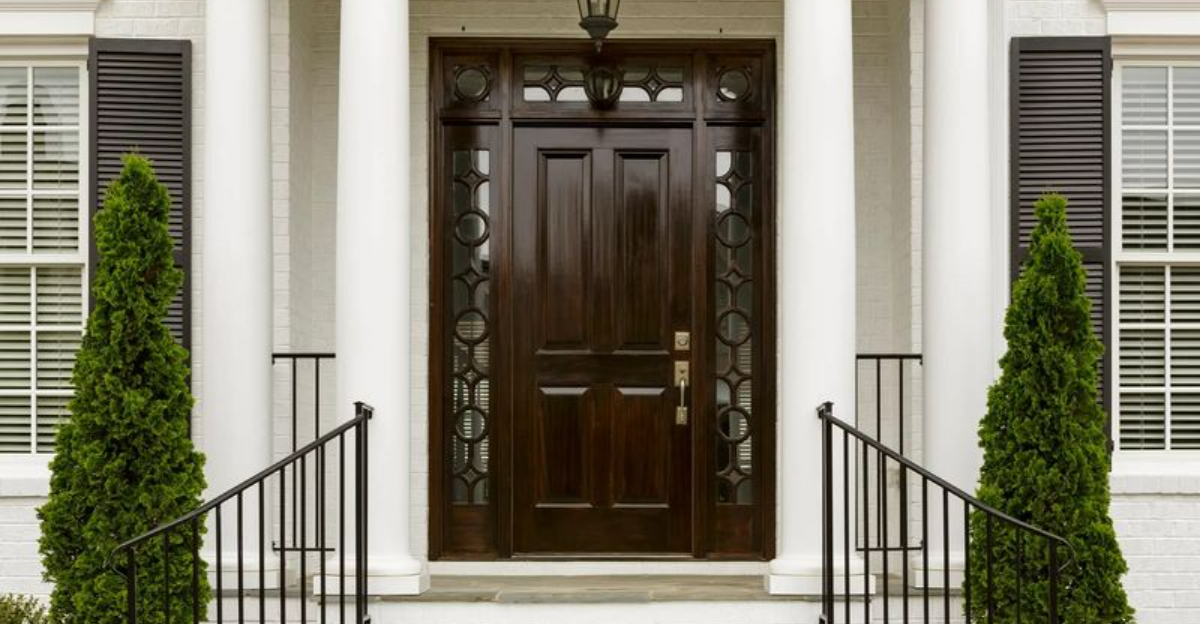
Walking through Pennsylvania’s historic towns feels like stepping back in time. The entryways of these centuries-old homes tell stories of craftsmanship and architectural trends that have stood the test of time.
I’ve spent years admiring these doorways during my visits to places like Gettysburg, Jim Thorpe, and New Hope, and I’m excited to share the most distinctive entrance features you’ll spot on your next Pennsylvania adventure.
1. Paneled Wood Doors with Brass Hardware
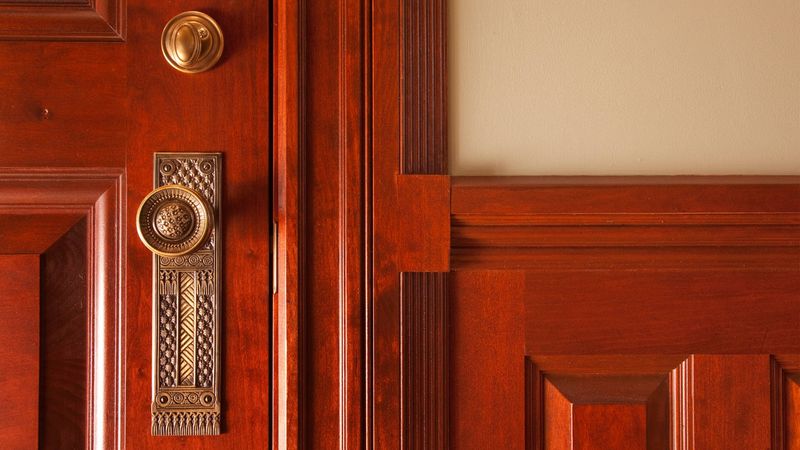
Nothing says “welcome to my historic home” quite like a solid wood door with raised panels and gleaming brass hardware. These doors have greeted visitors for centuries, often crafted from oak, walnut, or pine harvested from Pennsylvania’s abundant forests.
The intricate panel designs vary by era – from simple Colonial rectangles to ornate Victorian patterns. Most feature brass knockers shaped like lions, eagles, or rings that have developed a beautiful patina over decades of use.
I love how these doors stand as testaments to Pennsylvania craftsmanship, with many original examples dating back to the 1700s still swinging on their hinges today!
2. Transom Windows Above Front Doors
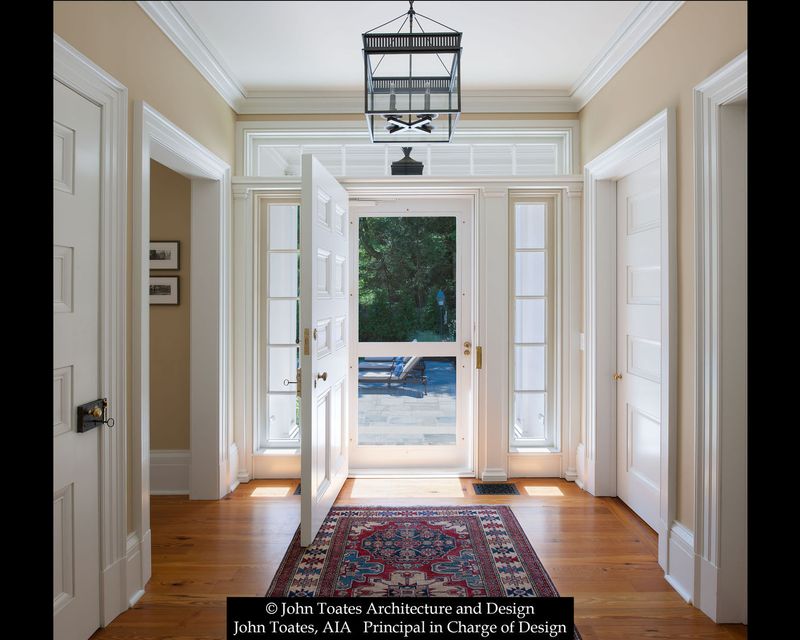
Ever noticed those elegant windows perched directly above entrance doors in old Pennsylvania towns? These transom windows weren’t just decorative – they served important functions before electricity and air conditioning existed.
During summer months, homeowners would open these windows to create natural ventilation while keeping their main doors securely locked. Many feature delicate leaded glass patterns or fan-shaped designs that cast beautiful light patterns in entryway halls.
You’ll spot the finest examples in places like Philadelphia’s Society Hill and Lancaster’s historic district, where some transoms still bear the house numbers in gold leaf or stained glass!
3. Brick or Stone Stoops with Wrought Iron Railings
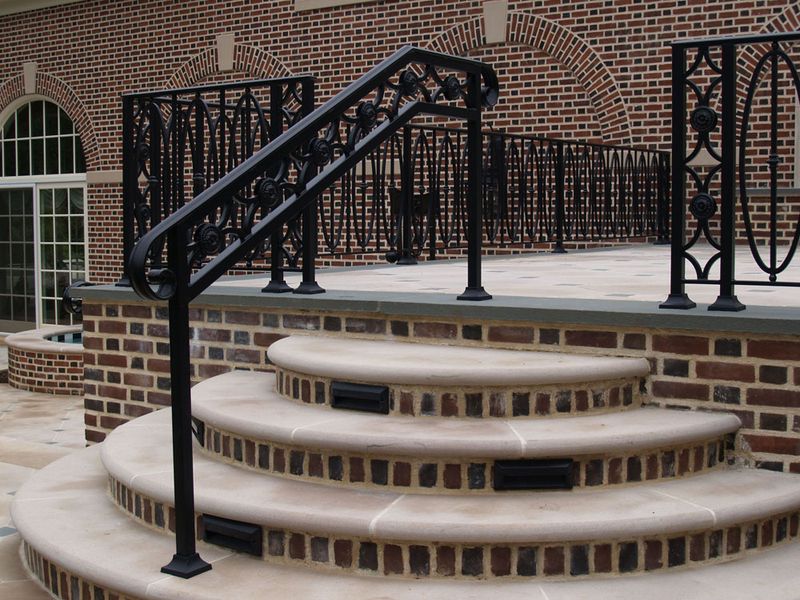
The journey to Pennsylvania’s historic doorways often begins with a few steps up a traditional stoop. Built from local materials like Lancaster County limestone or Philadelphia red brick, these elevated platforms create a graceful transition from street to home.
My favorite stoops feature handcrafted wrought iron railings with scrollwork designs unique to each town’s blacksmithing traditions. Some even include boot scrapers – metal implements for removing mud before entering – a practical touch from horse-and-buggy days.
These stoops served a practical purpose too, keeping doorways above street-level mud and providing a place for neighbors to gather and chat on summer evenings.
4. Decorative Lantern-Style Sconces
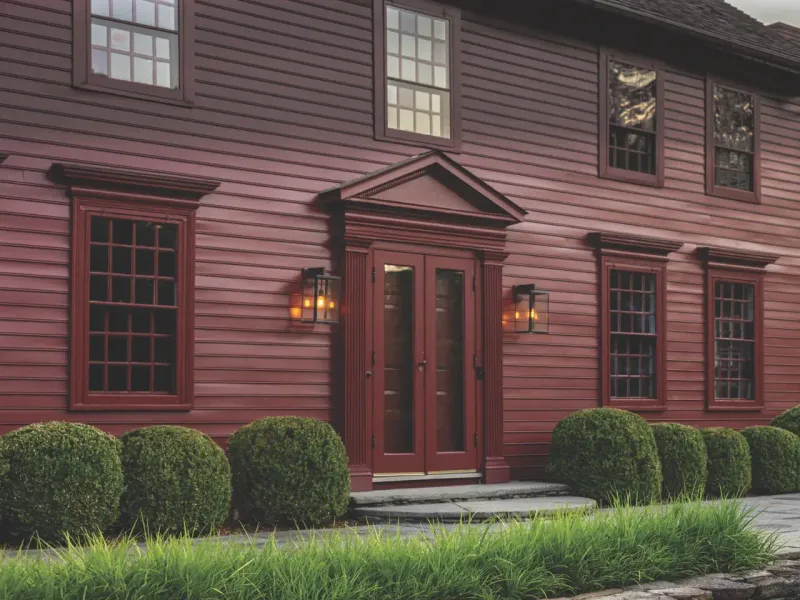
The warm glow of lantern-style lighting fixtures creates an instantly recognizable Pennsylvania welcome. Originally designed to hold candles or oil lamps, these fixtures have been carefully converted to electric while maintaining their historic charm.
Blacksmiths in towns like Bethlehem and York developed distinctive regional styles, from simple Colonial lanterns to elaborate Victorian fixtures with etched glass panels. The craftsmanship is remarkable – many feature hand-hammered metal with weather-worn patinas that can’t be replicated.
I’ve noticed these lanterns are typically mounted at eye level, about 5-6 feet high, perfectly positioned to illuminate visitors’ faces as they approached in the days before peepholes!
5. Symmetrical Sidelights Flanking Entry Doors
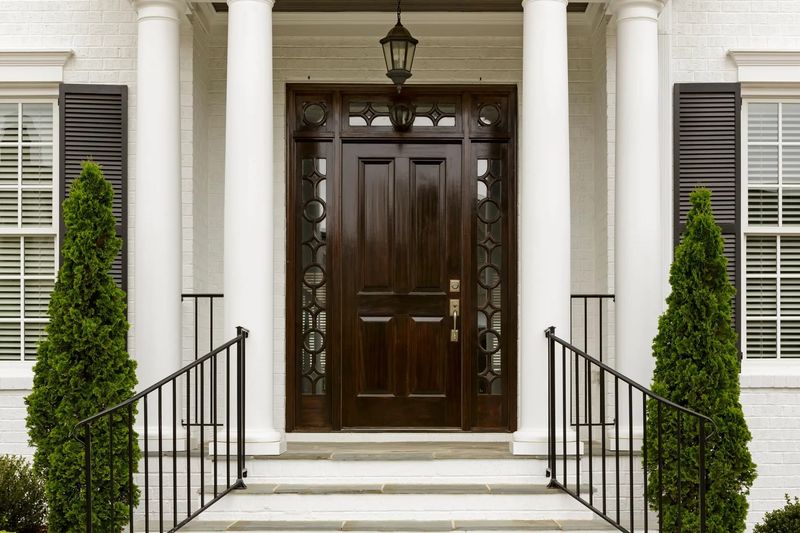
Tall, narrow windows flanking front doors bring a sense of balance and light to Pennsylvania’s historic entryways. These sidelights, as they’re called, allowed cautious homeowners to see who was knocking before opening their doors – an early security system!
The glass patterns tell stories about when homes were built. Simple rectangular panes suggest Federal-era construction, while diamond patterns or colored glass indicate Victorian influence. Many feature original wavy glass with tiny imperfections that create dancing light patterns.
During my visits to Doylestown and New Hope, I’ve seen how these windows transform entryways into showcases for seasonal decorations visible from both inside and out.
6. Classic Doormats with Traditional Patterns
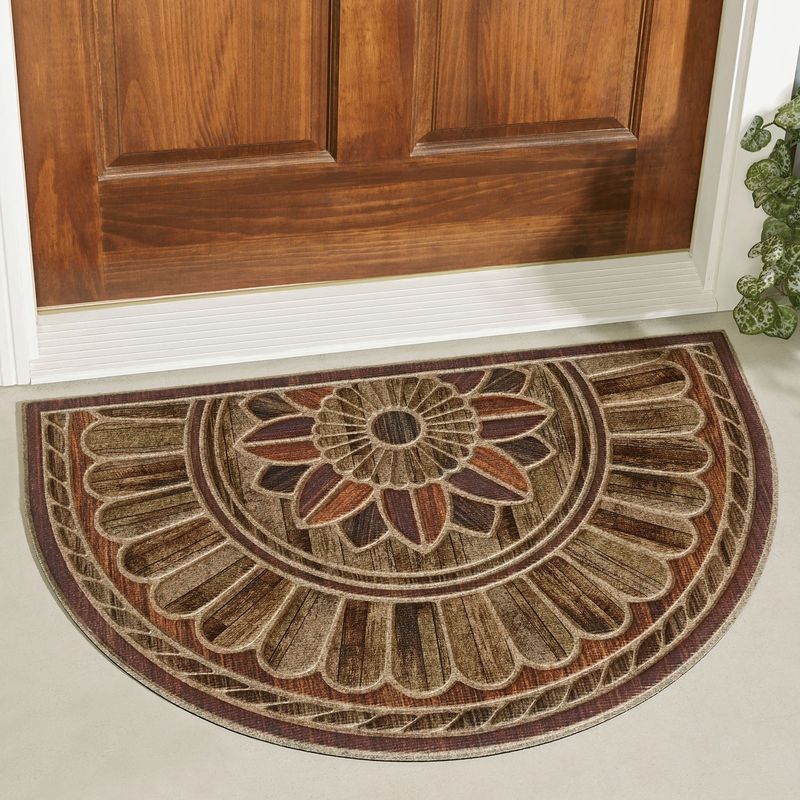
The humble doormat serves as both practical necessity and subtle decoration in Pennsylvania’s historic homes. Traditional coir and wrought iron scrapers have greeted visitors for generations, protecting beautiful wood floors from dirt and snow.
Patterns vary by region and era – from simple geometric designs in Quaker communities to more elaborate Victorian motifs in wealthier neighborhoods. Many feature symbols meaningful to Pennsylvania’s diverse cultural heritage, like hex signs from German settlers or Celtic knots from Scots-Irish communities.
During restoration projects, homeowners often discover layers of historic doormats, providing fascinating glimpses into how entrance styles evolved over centuries!
7. Crown Molding and Pediments Over Doorways
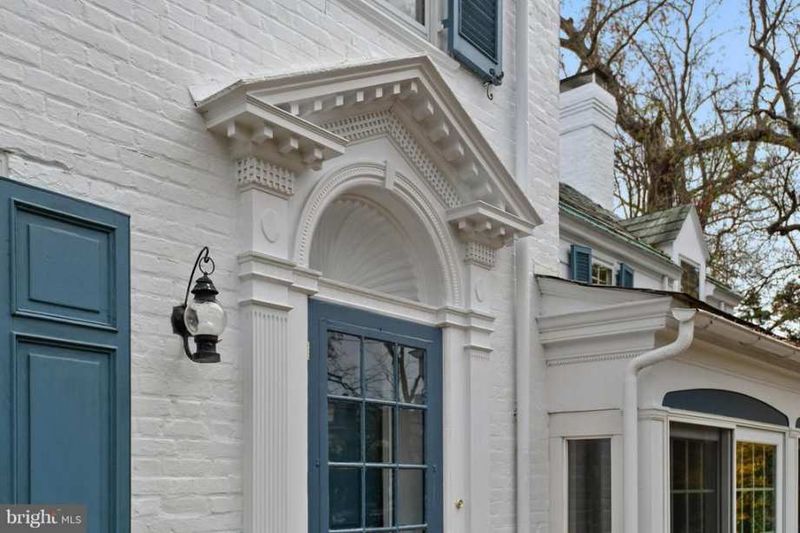
The crowning glory of many Pennsylvania historic entryways can be found by looking up! Elaborate woodwork above doorways signals the status and architectural style of the home, ranging from simple Colonial crown moldings to Greek Revival pediments.
Skilled woodcarvers often incorporated symbolic elements – pinecones representing hospitality, wheat sheaves symbolizing prosperity, or acanthus leaves showing cultural refinement. The most impressive examples feature dentil work – those small rectangular blocks that create a distinctive shadow line.
You’ll find extraordinary examples in Germantown and Elfreth’s Alley, where some pediments bear the original construction date or family initials carved right into the woodwork!

